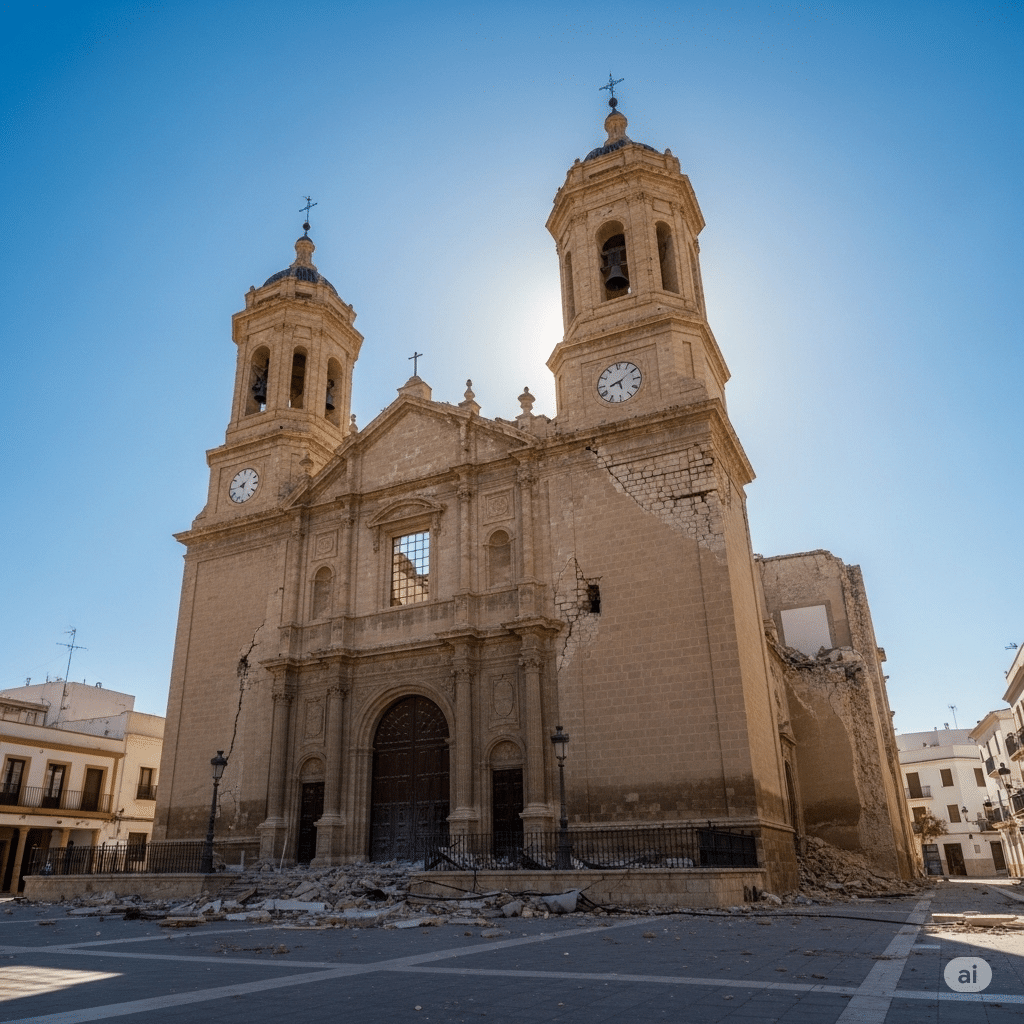By Staff Reporter
A modern repeat of the 1829 Torrevieja earthquake would pose a catastrophic threat to the region, primarily due to the explosive growth in population and tourism. While the original earthquake killed nearly 400 people and led to the forced relocation of five towns, the potential impact today would be far more severe.
Torrevieja and its surrounding area have seen their resident population multiply sixfold, and this number swells dramatically during the summer season.
Scientists estimate that if a similar earthquake were to strike today, it could result in approximately 5,000 deaths under average conditions, and up to 11,000 during peak tourist periods. Economic losses could reach around €100 billion ($117 billion).
These estimates, though conservative, underscore the immense vulnerability of the region, which has grown into one of Spain’s most densely populated tourist hubs. The rapid urban expansion and intense development along the southern Alicante coast have increased the area’s exposure to extreme geological hazards by 400 percent.
In 1829, the collapse of all bridges over the Segura River left entire towns cut off, complicating rescue operations. A similar scenario today would likely see critical infrastructure fail, severely hindering emergency responses. The ground conditions also present major risks; during the 1829 quake, liquefaction caused entire structures to sink into the earth—a danger that remains in modern Torrevieja due to similar soil characteristics.
Scientists have used the U.S.-developed PAGER system, adapted with Spanish geological and demographic data, to model potential outcomes. They warn that Spain suffers from a false sense of seismic security, largely because few major earthquakes have occurred in recent memory.
The last significant one, in Lorca in 2011, was far smaller in magnitude yet still caused deaths, injuries, and significant damage.
In response, a National Monitoring Plan for seismic and geophysical threats has been introduced, which includes proposals for a comprehensive active fault map and improved surveillance systems. However, experts stress that Spain is still underprepared for a large-scale disaster. Emergency planning, public education, infrastructure reinforcement, and resource allocation remain inadequate given the scale of the potential threat.
Ultimately, the scientific consensus is clear: another major earthquake in this region is not just possible—it is inevitable over a long enough timeline. The real question is whether Torrevieja and Spain as a whole will be ready when it happens.
